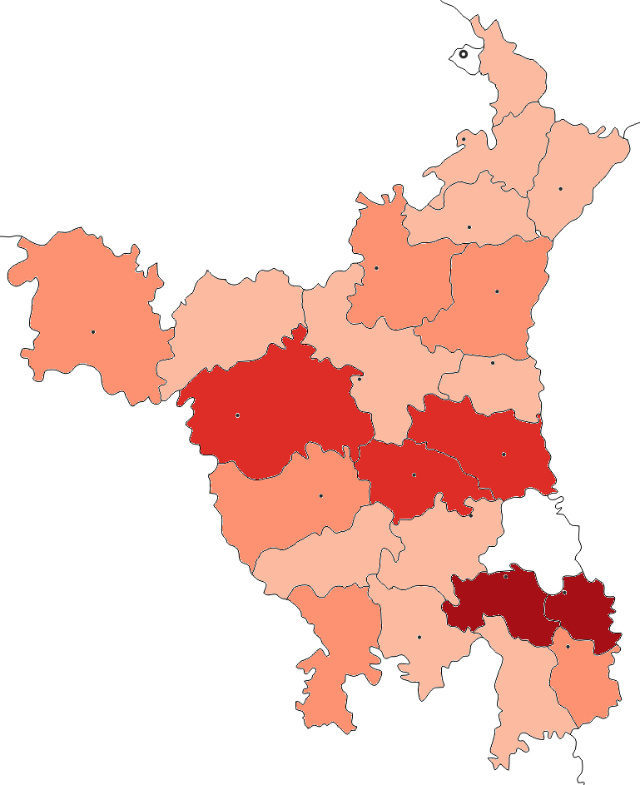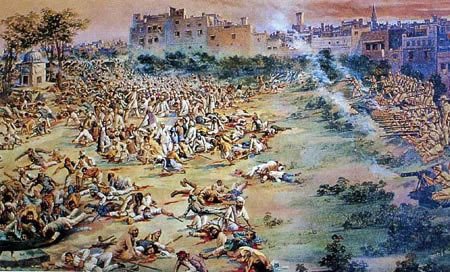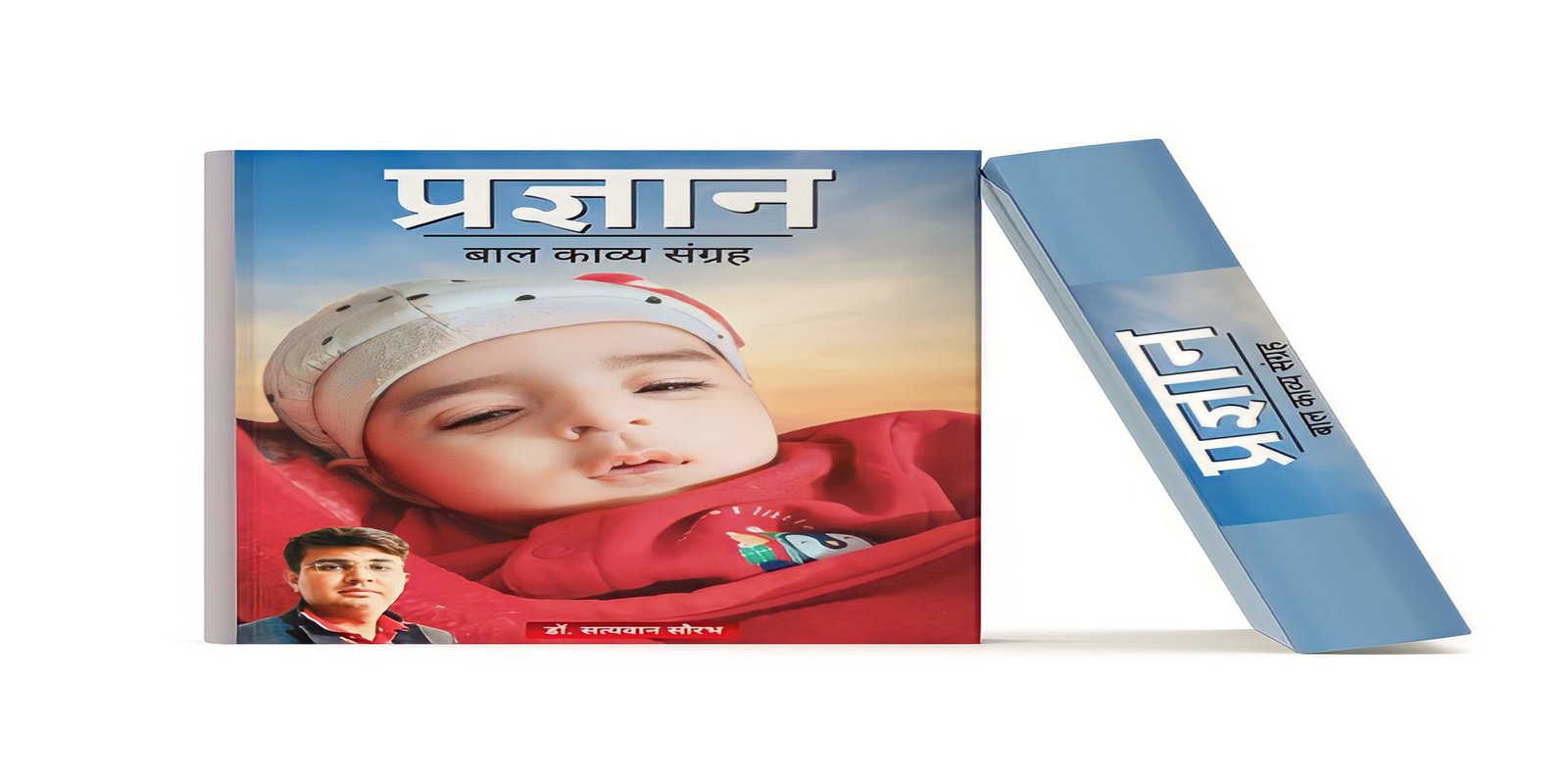Dr. Satyavan Saurabh
South-West Haryana has a vast expanse of arid countryside, adjoining the sandy areas of northern Rajasthan, where a prosperous village called Barwa is situated. It is 25 km south of Hisar on the Rajgarh-Bikaner state highway.
It was natural to start the tour from Garh to Barwa, which is called Thakur’s Garhi (a fort) in the village. Thakur Brijbhushan Singh, 65, is a fief of the owners of the Garhi. An ancestor of Thakur Bagh Singh Tanwar, who was Brijbhushan Singh’s grandfather, came from Jeetpura village in Rajputana 600 years ago to carve out the wealth of this village for himself and his ties. Incidentally, the Tanwar branch of the Rajputs had firmly established themselves in several villages around the city of Bhiwani. As a result, Bhiwani became the head of the Tanwar Khap i.e., a group of villages. In the medieval period, the Tanwar Rajputs, overthrown by the political turmoil of the time when Muslim invaders were in the process of capturing this land and establishing their supremacy, migrated from Haryana and the hilly regions to Himachal Pradesh. However, during the Mughal period, the Tanwar Rajputs traded peacefully in their villages around Bhiwani. The village of Barwa, with a population of about 15,000, is now a part of the Bhiwani district.
The ancestors of Bagh Singh Tanwar, who settled in huts around a large natural pond filled with rainwater, occupied 14,000 bighas of land in the village. As a result, as fate would have it, much of the land was transferred to their descendants and other communities in the village. The existing Garhi, a massive monument of a medieval style, also called Branca Bhawan, is situated in the northwest of the village on the bank of a large pond called Ramsar, which was built in 1938, according to the old people of the village. Due to the failure of the monsoon for one year, crops could not be grown that year. Hence, Bagh Singh thought of involving his relatives in the construction of the Garhi and found fruitful employment. Built-in the traditional architectural style on a dune, the fort still has a large and strong wooden gate with iron plates and spokes. Several spacious rooms for housing and public appearance, in addition to a row of several quarters for storing straw and grain, were provided by the builders.
High-rise Havelis, beautiful paintings, doors decorated with subtle patterns, pond-like reservoir, elephant-house, strong wall of the treasure house, the main solid door in the form of armor and do not know what. These Havelis create deep curiosity in the mind. Those who made them spent their ages here. Their graves were built here after their death. We are talking about the village of Barwa, a subdivision located on the national highway.
‘Chandro’ came on the storm
The well located in the south was built by the other set here, Tarachand and Hanuman. The sons of Seth Hanuman and Tarachand built an attractive four-pillared well at Rashada Johad of the village. Some scenes of the famous Haryanvi film Chandraval and Bairi were filmed around this. Cars and chariots of the British era are still present in the Havelis. The historical, cultural, and religious heritages existing here are telling the history of the village. There is no direct proof of the age of the Havelis but, indeed, it dates back to the Second World War.
British-era carriage and chariot
There are a dozen Havelis in Barwa. Among these, the Havelis of Seth Parshuram are very famous. Artisans were called from Pilani to get them made. Cars and chariots of the British era are still present in the Havelis. More interesting than the Havelis, the history of the wells and ponds here is also there. In ancient times there was a small kutcha pond at this place. Often Seth Parashuram’s sister Kesar used to eat cow dung here, which was indecent for him. Hearing the taunts of the people, he got a historic pond constructed instead of the raw pond, which is now identified as Kesar Johad. Some scenes of the famous Haryanvi film Chandraval and Bairi were filmed around this. In ancient times there was a small kutcha pond at this place. Often Seth Parashuram’s sister Kesar used to eat cow dung here, which was indecent for him. In addition to the big Havelis of Seth in Badwa village of Bhiwani district, many such depictions have been found in ponds, wells, Havelis, Bohras, Dharamshala, chhatris, etc. These paintings were found to have features similar to those of Rajasthan.
Kesar pond was built by Seth Parashuram
This pond was built by Seth Parashuram in memory of his sister, it is said that Seth Parashuram got the saffron pond constructed here, which has been a major attraction for travelers. It is said that Parashurama’s sister used to eat cow dung. It was a matter of shame for the Seth family and people often taunted them for such a small act, then Seth got the pond present here paved and named it Kesar Talab. This pond was used for daily activities. It has a deep water tank in which unhappy women jumped and gave their lives, hence it is also called Mukti Dham. The people here also call it Agar. There are domes/chhatris on the roof above the banks of this pond, in which Radha Krishna’s Rasleela is prominently depicted through paintings. In these, Radha Krishna is dancing in a circle holding each other’s hands and behind them, the figures of musical instruments are depicted like dholak, grade, flute, harmonium, shehnai, etc. And it’s probably porting some function. The paintings have dynamism and rhythm. Reddish brown color has been used.
Shri Krishna is shown in blue colour while Radha’s complexion is shown as fair. Animal birds are shown behind these figures, including peacocks, parrots, birds, etc. Red, yellow, and blue colours have been used in this. The center of the dome has circular geometric ornamentation. The shapes of the domes are shown in motion and in equal proportion. He has a small stature and a round face. With time, today their colours have faded, but the flowers in the center still hold their past.
Seth Hukum Chand Lala Sohan Lal Ki Haveli
This mansion is about one and a half hundred years old today, at the main entrance of which a strong elephant is shown in a well-equipped and dynamic state. The back of this elephant is a quadrilateral geometric design cloth and a wooden saddle has been decorated on it, in which the king and queen are facing each other and the servant is carrying the chawar behind. In this, the king is expressing his love by giving flowers to the queen. A square geometric-shaped cap has been placed on the saffron elephant which is enhancing its beauty. Apart from this, there is a religious picture on the wall where Vishnu Ji is seated on his ride with Lakshmi and in the second picture; Sherawali Mata is seated on her ride. Apart from this, the picture here is showing the love meeting of Radha Rani. The elephant is depicted more in the Kota style.
Seth Laxmichand’s Kathara
Inside Laxmi Chand’s Katra in Barwa, kings-maharajas and gods and goddesses are depicted together on the ceiling. This picture from the left side is shown the ride of Radha Rani who is on the chariot and some women walking behind the chariot who appear to be her servants. A horseman is carrying the state mark in one hand and the other horseman following behind who is the bodyguard of the Maharaja and is ensuring security. Krishna making Radha’s peak – In this picture, Shri Krishna Ji is seated on a chair and Radha is sitting on the pedestal. Shri Krishna is kneading Radha’s braid and Radhika is holding a mirror in her hand. Radha’s face is visible in the mirror. The local influence is seen in this picture from the chair and the turn shown in this picture and Rajasthani influence is visible from the dress.
In this way, the paintings of the painter reflect the then influences which he saw and painted at that time. In this picture, the eyes are shaped like a fish, and the Mughal influence is seen in the depiction with the crest and the crown. The background is pale yellow and the body is shown to be slender and tall, while the hair is short in proportion to the body. On the other hand, the ride of deities is coming from right to leave, in which all the deities are sitting on their respective vehicles and it seems as if the king and queen are coming on their chariot to welcome the deities. In these paintings, elephants, horses, etc. have been decorated very well. Their background is yellow and colours like blue, yellow, green, brown, etc. have been used in the paintings. Looking at the clothes and ornaments of the paintings, Mughal and Rajasthani influence appears on them.
Influence of styles
The influence of the Shekhawati style is visible in these paintings and they are not untouched by the Mughal style because the influence of the Mughal style has been in the surrounding areas of Delhi, it has expanded greatly in the surrounding areas. But despite this, the traditional style is also dominated here. Somewhere in these pictures, there seems to be a dominance of efficiency and sometimes there is a lack. But still, it has been able to express its expressions. Their quality and subject matter have been impressive. Today, due to lack of care, lack of care and not using them properly, many paintings have been destroyed from these Havelis or the layer of smoke has accumulated and due to this the paintings have lost the brightness of the colours but are present on the inner walls. The paintings are preserved in their original condition due to being saved from the sun and rain.
Efforts to preserve the heritage
Satyavan Saurabh, a young dohakar of the village, told that he has written to the government many times about the maintenance of the Havelis. For the last two decades, he has been writing articles on the valuable cultural heritage of the village, but so far neither the government nor the ancestral owners of these Havelis have taken any positive steps for their maintenance. Satyavan Saurabh also told that in Kurukshetra the officials of the heritage department of the university are in constant touch with them as to when their ancestral owners agree to save them so that they can be kept in the museum officially so that the coming generations can see them. (The author is a Research Scholar, poet, independent journalist, and columnist, All India Radio and TV Panelist. He can be reached at satywanverma333@gmail.com)







